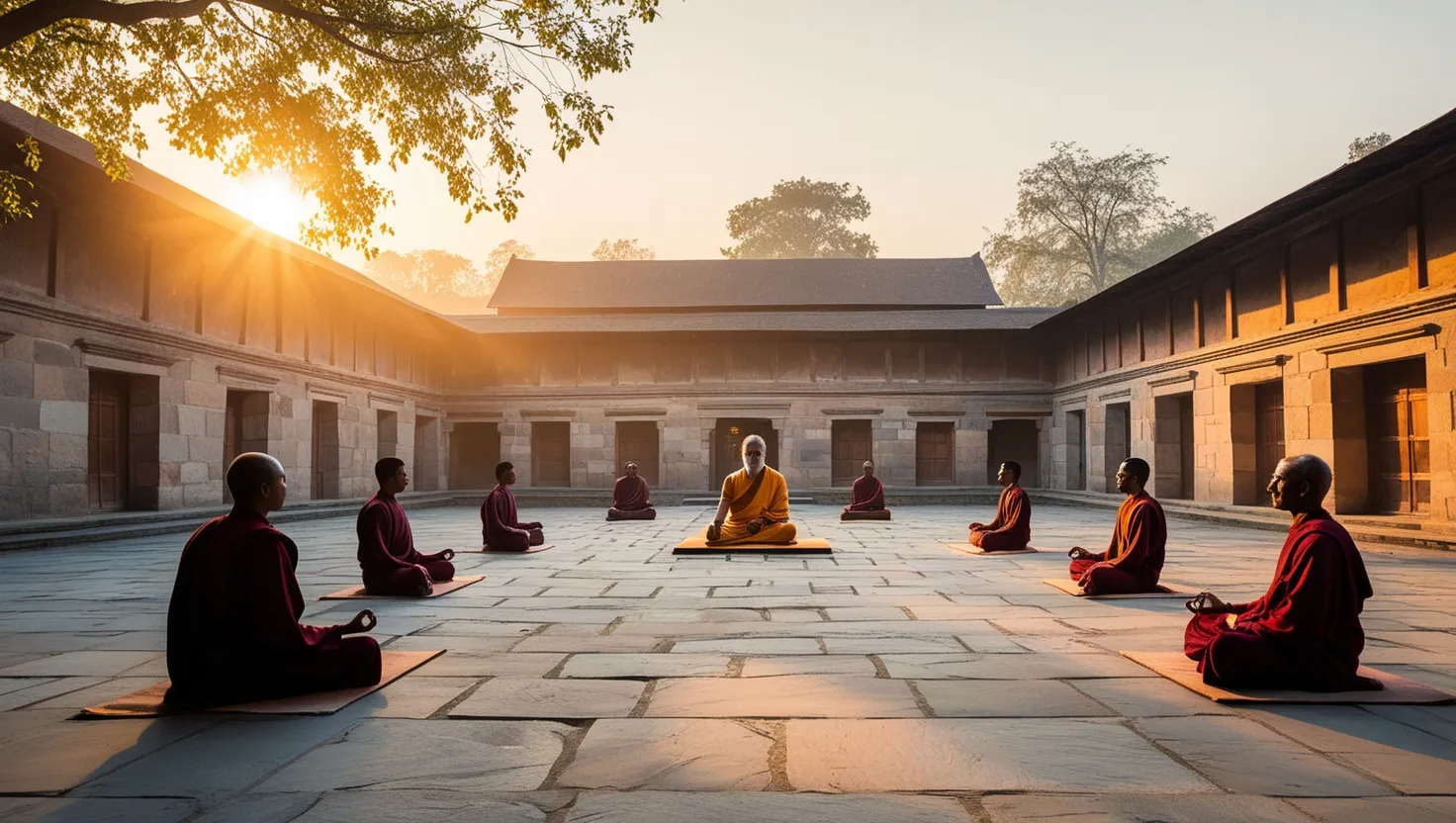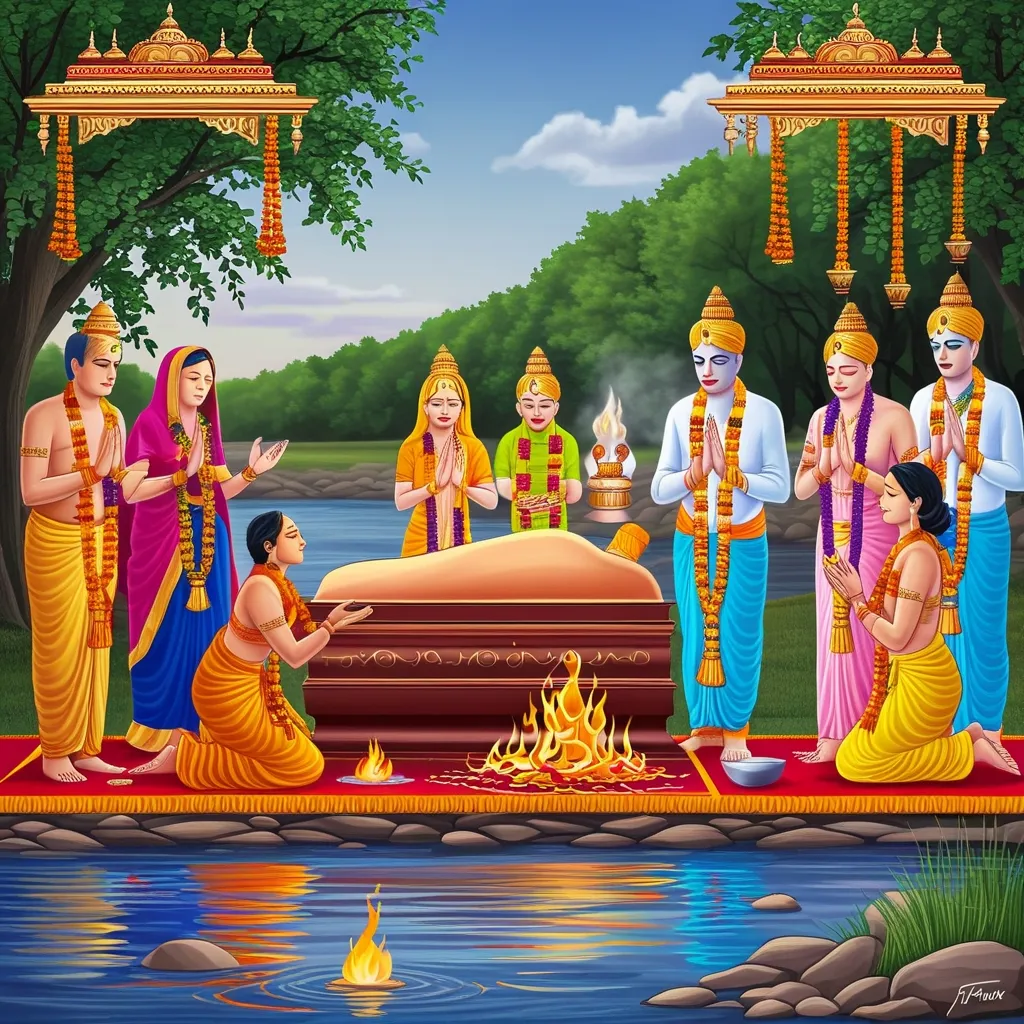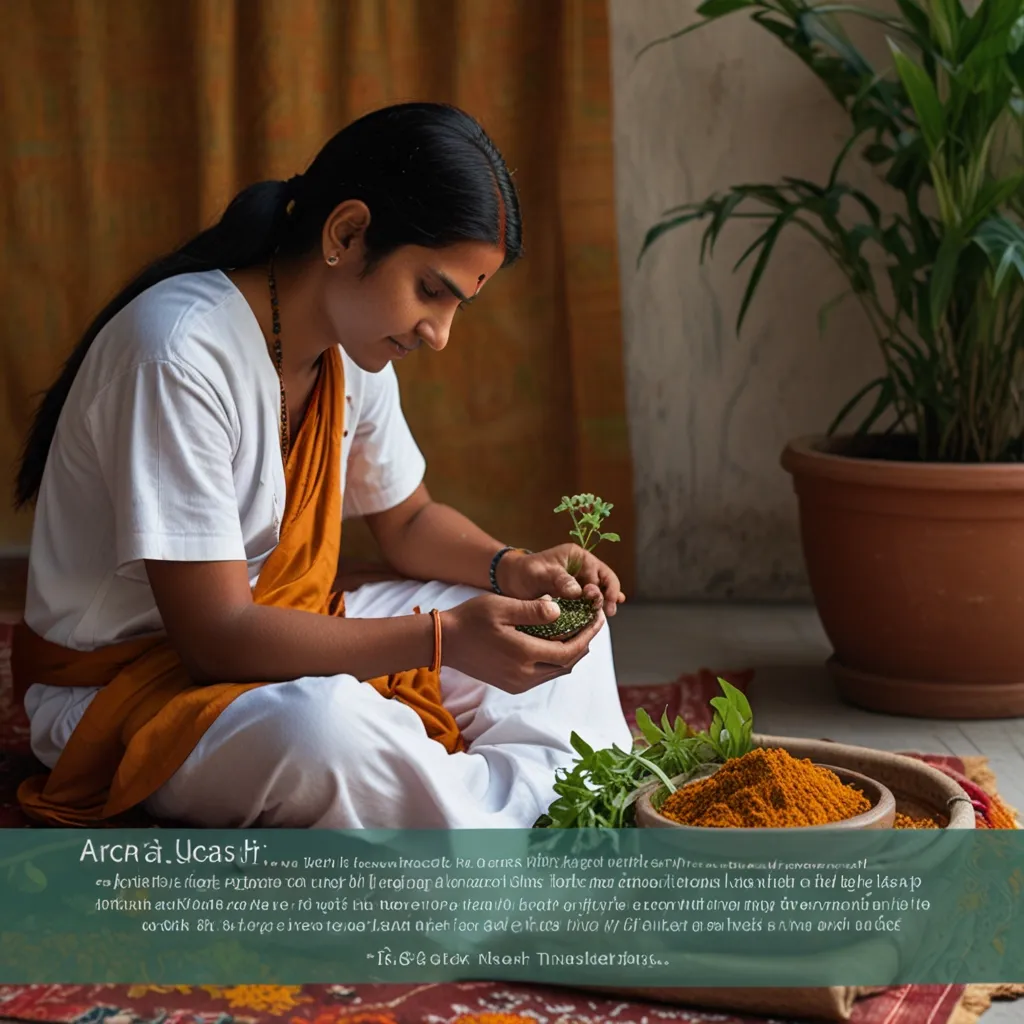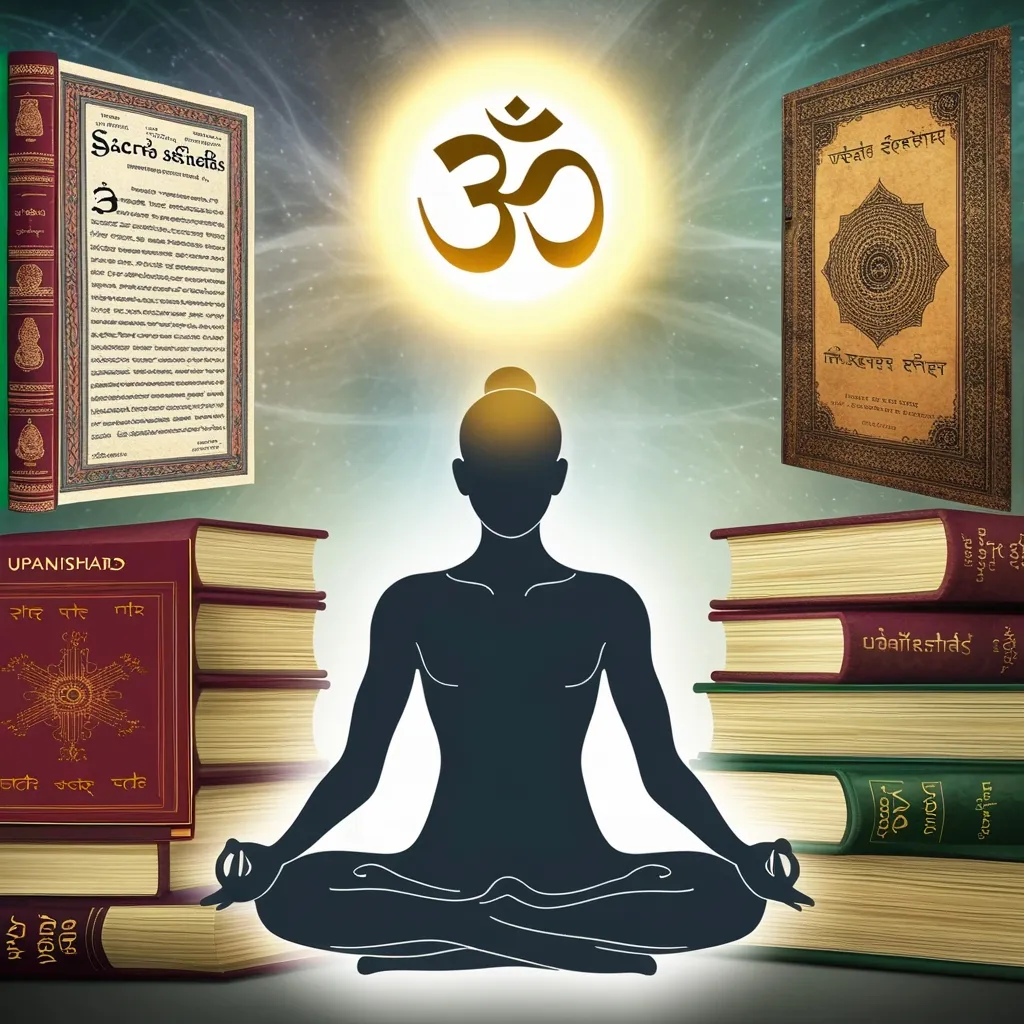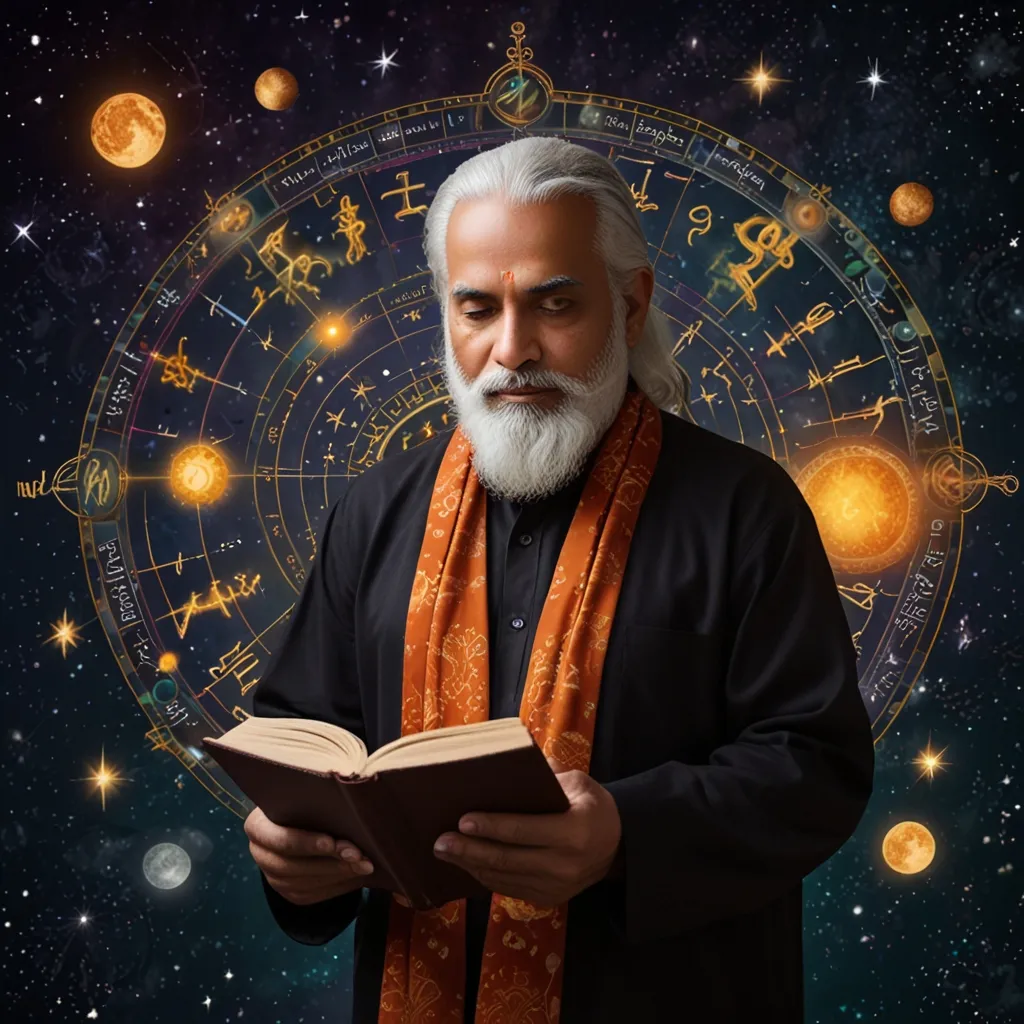As I reflect on the ancient wisdom of Vedic education, I’m struck by how its principles continue to resonate in our modern world. The Vedic system offers a holistic approach to learning that goes far beyond mere academic knowledge. It seeks to nurture the whole person - mind, body, and spirit.
At the heart of this system lies the sacred bond between teacher and student, known as Guru-Shishya Parampara. This relationship forms the bedrock upon which all learning is built. The guru is not just an instructor, but a mentor and guide on the path of knowledge and self-discovery. Students approach their teachers with reverence, humility and an eagerness to learn. In turn, the guru imparts wisdom through personal instruction, practical demonstration and lived example.
I’m reminded of the words of Rabindranath Tagore, who beautifully captured the essence of this relationship:
“The highest education is that which does not merely give us information but makes our life in harmony with all existence.”
This harmony between teacher, student and universal knowledge is a hallmark of Vedic learning. But what exactly constitutes true knowledge in the Vedic tradition? The ancient texts speak of two forms of knowledge - Para Vidya and Apara Vidya. Para Vidya refers to higher spiritual knowledge that leads to self-realization and liberation. Apara Vidya encompasses worldly knowledge of the sciences, arts and practical skills.
Both forms of knowledge were seen as vital and complementary. A student was expected to gain proficiency in worldly subjects while also cultivating spiritual wisdom. This holistic approach aimed to produce well-rounded individuals who could excel in their chosen fields while maintaining ethical conduct and inner peace.
As I ponder this integrated view of knowledge, I wonder - have we lost something in our modern fragmented approach to education? How might our schools and universities be different if they embraced both material and spiritual learning?
Character formation was considered just as important as academic achievement in the Vedic system. Daily life in the gurukula (residential school) was structured to instill virtues like self-discipline, humility, respect for elders, and ethical behavior. Students engaged in seva (selfless service), participated in rituals, and followed strict daily routines. These practices were seen as essential for developing strength of character and preparing students to lead purposeful lives.
The Vedic approach to learning follows a three-step process that I find particularly fascinating. It begins with Shravanam - deep listening and absorbing knowledge from the guru. This is followed by Mananam - contemplation and critical analysis of what has been learned. Finally comes Nididhyasanam - meditation on the knowledge and its practical application in one’s life.
This process encourages students to engage deeply with knowledge rather than simply memorizing facts. It cultivates critical thinking, self-reflection and the ability to apply learning to real-world situations. I can’t help but think how valuable this approach would be in our modern educational institutions.
Swami Vivekananda emphasized the transformative power of this process:
“Education is the manifestation of the perfection already in man.”
The Vedic system recognized that each student has unique talents, inclinations and potential. Teachers would closely observe their pupils to identify their natural abilities and guide them towards subjects and skills aligned with their innate qualities. This personalized approach ensured that students could excel in areas suited to their temperament and aptitudes.
I’m struck by how this principle aligns with modern educational psychology’s emphasis on multiple intelligences and personalized learning. Perhaps our ancient forbears understood something fundamental about human potential that we are only now rediscovering.
As I reflect on these Vedic principles, I’m filled with a sense of their enduring relevance. In our fast-paced, technology-driven world, we often lose sight of the deeper purpose of education. The Vedic system reminds us that true learning is not just about acquiring information or skills, but about transforming ourselves and realizing our fullest potential.
It encourages us to see education as a lifelong journey of growth and self-discovery. The guru-shishya relationship models the importance of mentorship and personal guidance in this journey. The integration of spiritual and material knowledge offers a more holistic vision of human development. The emphasis on character formation alongside academic learning speaks to our need for ethical, well-rounded individuals in society.
The three-step learning process of listening, reflection and application provides a framework for deep, transformative learning. And the focus on individual potential reminds us of the importance of nurturing each person’s unique gifts and talents.
As we grapple with the challenges facing education in the 21st century, perhaps we would do well to revisit these ancient principles. How might we incorporate elements of the guru-shishya relationship into our classrooms? Could we find ways to integrate spiritual and ethical learning alongside academic subjects? How can we create more opportunities for deep listening, critical reflection and practical application of knowledge?
The Vedic system offers us a vision of education that goes beyond mere information transfer or career preparation. It seeks to awaken the innate wisdom and potential within each individual. In the words of the Upanishads:
“Lead me from the unreal to the real, from darkness to light, from death to immortality.”
This, ultimately, is the highest purpose of education - to lead us from ignorance to wisdom, from limitation to freedom, from fragmentation to wholeness. As we reimagine education for the future, the principles of Vedic learning offer us valuable insights and inspiration.
I invite you to reflect on your own educational journey. How might these Vedic principles enhance your approach to learning and personal growth? What aspects resonate most strongly with you? And how could you incorporate them into your life and work?
The wisdom of the ancients continues to light our path forward. May we have the vision to see it, and the courage to follow where it leads.
